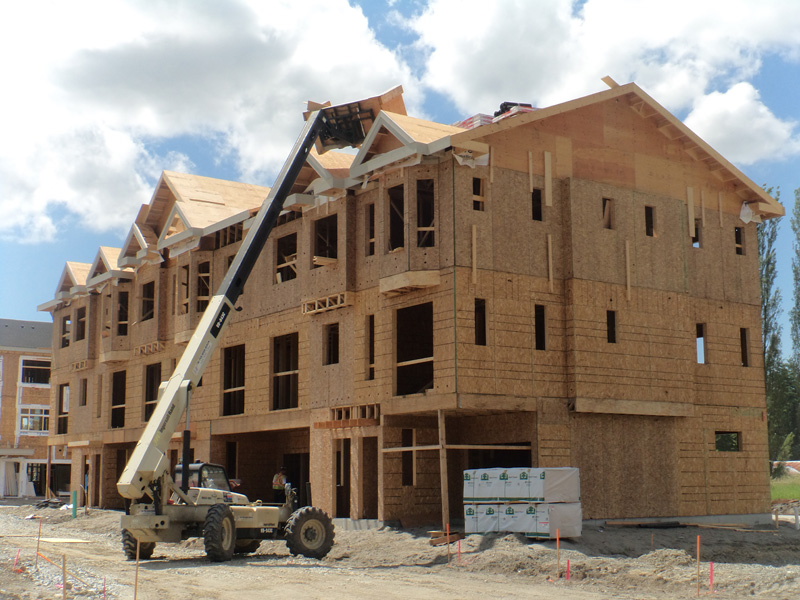
Amy Regal, Director
GRS | Title
216-571-7013
[email protected]
Hurricanes Harvey and Irma obviously did some major damage to the multifamily markets in impacted areas of Texas, especially the Houston metro area, and parts of Florida. The rebuilding process will be fruitful for construction firms doing work in the area, but could shoot up costs for the rest of the country in the coming months, according to a recent Marcus & Millichap webinar titled: “Post-Hurricane U.S. Apartment Investment Outlook.”
There was approximately $110 billion to $180 billion in damage and lost business as a result of Harvey and $40 billion to $60 billion due to Irma. Harvey’s destruction was mainly due to flooding, making it costlier, while Irma’s culprit was primarily wind-damage.
Though they are both local storms in terms of boundaries, reverberations will be felt across the U.S. construction industry, said John Chang, first vice president of research services at Marcus, pointing out that Harvey could end up being more costly than Hurricane Katrina, which devastated New Orleans in 2005.
“We have to consider that we could see a three to five percent lift in construction costs following these events on a national basis,” Chang said. “This could slow the construction pipeline in the last quarter of 2017 and into 2018.”
It is currently estimated that 43,000 residential units were impacted by Harvey, said John Sebree, first vice president and national director of Marcus’ Multi-Housing Group.
“This is going to create a substantial demand for more construction labor,” he said.
In the case of Houston, there could be a short-term economic boost due to this and the purchase of building materials as well.
Ironically, the hurricane has helped apartment fundamentals for assets not damaged by Harvey.
“The vacancy rate in Houston has gone from one of the highest in the country to a sub-three-percent-range literally overnight,” Chang pointed out.
Bill Hughes, a Marcus senior vice president, said that rents in the area will likely increase. Lenders will also look at forbearance for properties flooded for a three- month period and have interest in new products but will keep in mind where rents and occupancy rates were before the Harvey hit. Insurance premiums are also bound to rise.
In the case of Florida and Irma, Sebree says that investors with properties concentrated in particular pockets of the state would do well to geographically diversify.
However, due to mostly wind damage as opposed to flooding, there is not a lot of new construction expected in the state, and vacancy rates for Florida multifamily are expected to remain around 4.5 percent. It could still take up to 60 days to assess damages, though, Sebree notes.

